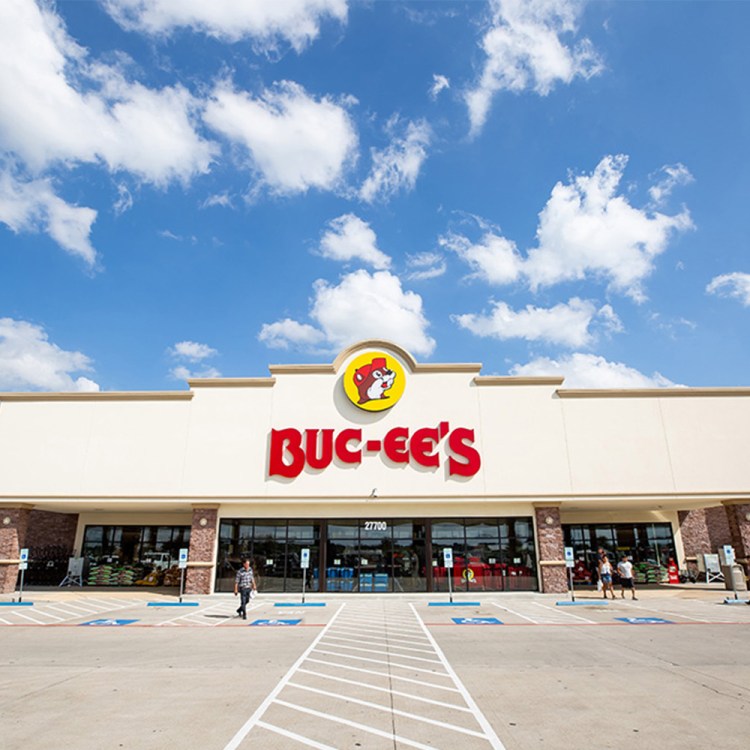Houston is a large and diverse city, with more than seven million people calling the metro area home. The culture and food reflect this melting pot, making Houston one of the country’s best places to eat, whether you’re in the mood for fine dining or street food.
Houston rightfully gets praised for its Mexican, Indian, Vietnamese and Chinese cuisines, but with more than a quarter million inhabitants hailing from Central America, the city’s restaurants also incorporate ingredients and flavors from countries like El Salvador, Honduras, Guatemala and others in the region.
Central American cuisines start from the Panamanian Caribbean in the south to Guatemala in the north, explains Pablo Aguirre, the executive chef of Marriott Marquis Houston. He’s originally from Costa Rica but has spent his career working in restaurants across Central America, the Caribbean and the southern U.S.
He says the Central American economy depends on exporting fruit, vegetables, coffee and grains, and hallmarks of the cuisine include more than 20 different types of potatoes, as well as cassava, corn and chayote squash. Common fruits are sweet mangoes, passionfruit, starfruit, guanabana (soursop), oranges, rose apples, pineapples, nance and multiple types of melons.
“From the sea, we are proud of our local fish like blue and yellow-fin tuna, red snapper, black snapper, swordfish, mahi-mahi, grouper, seabass, Caribbean lobster and octopus,” says Aguirre. “From the land, you can find duck, rabbit, beef, chicken, pork, crocodile, Cornish hen and some meats not that common, like garrobo,” which are green iguanas often referred to as “gallina de palo,” or “chicken of the trees.”
Traveling in Texas? Hop Aboard Vonlane, the “Private Jet on Wheels.”
The luxury bus line connects major markets across the state, offering comfortable seats, attendants and drinks“When it comes to techniques, we can find a little of everything, from the basic methods like grilling, poaching, steaming and pickling to a few more complex ones like curing, conserving and drying meat and fruits,” says Aguirre. And those techniques can vary by region. For example, in Central American countries that touch the Caribbean coast, he says that you’ll find heavy usage of seafood, coconut milk, coconut oil and banana leaves.
At the Marriott Marquis Houston, Aguirre channels his background and incorporates Latin-Caribbean flavors into the menus and preparations. At High Dive, the rooftop restaurant famous for its Texas-shaped lazy river, he utilizes fresh ingredients like pineapple pico de gallo, passionfruit and cilantro dressings for salads. And at Cueva, the property’s wine and cocktail bar, he uses sugarcane to glaze certain dishes.
Diners can find a lot more Central American food throughout Houston, though Aguirre says that it’s typical for restaurants to merge Central American dishes with Mexican and other Latin American cuisines.
A few of his recommendations around town include Asturias Bakery Café, which serves dulce de leche and tres leches pastries and desserts, arroz con leche and other dishes commonly found in Latin American countries. La Cocina de Roberto has Central American cuisine in addition to Mexican options. Aguirre suggests ordering the Típico Centroamericano, which combines scrambled eggs with gallo pinto (a rice and black bean mix), fried plantains, crema and queso fresco.
El Pupusodromo is a Salvadorean restaurant — after Mexico, El Salvador is the second-biggest Latin community in Houston — with three locations around the city, and the restaurant says each dish is a tribute to Central American cuisine and its traditions.
“The pupusas are made fresh and come in a variety of flavors, [so they’re] easy to take home and enjoy,” says Aguirre. He also recommends the Latin-fusion restaurant Taco Fuego, and says that buzzy Peruvian-Japanese restaurant Pacha Nikkei is putting an interesting spin on traditional dishes. If you’re in the market for casual street food, Aguirre suggests checking out Guatemala Restaurant, which offers plantains and smoothies for breakfast, plus stews and shrimp plates for lunch. And then there’s Mia Bella Honduras Restaurant.
“Try a baleada!” he urges. “Central American countries each have their own spin on this dish.”
This article was featured in the InsideHook newsletter. Sign up now.























